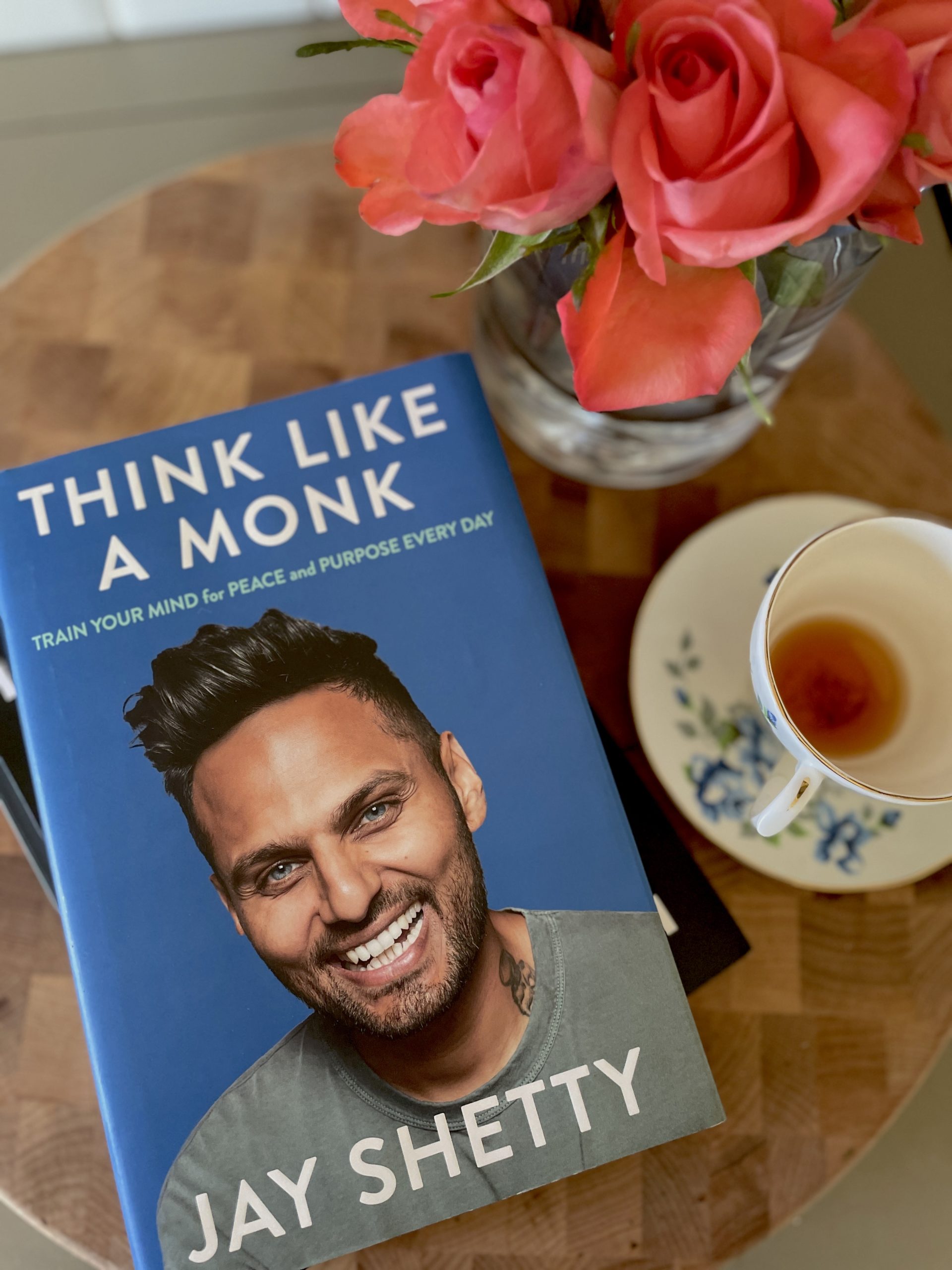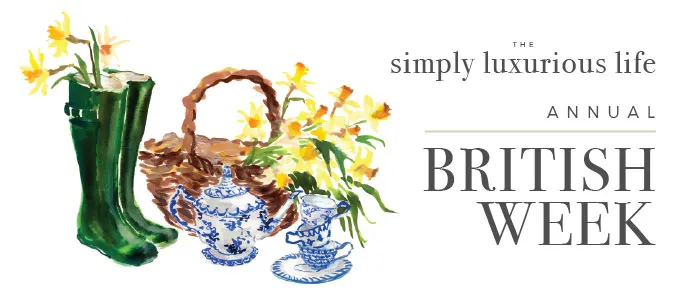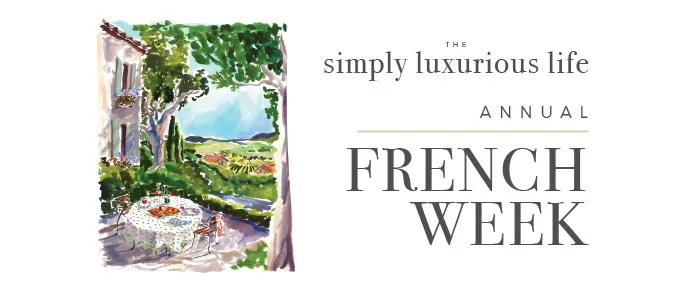Become a Member for as little as $4/mo and enjoy unlimited reading of TSLL blog.
“Life begins with breath, breath carries you through your days, and life and breath end together . . . We measure our lives not by how big or small our impact is, but by how we make people feel. We use our time to establish how we will live on, through giving love and care, through supporting, communicating, creating—through the impact we have on humanity.” —Jay Shetty, Think Like A Monk
Resolute in the decision to forever be a student of life, anyone who has chosen to participate and engage in life in such a way will greatly enjoy and appreciate Jay Shetty’s beyond-bestselling book Think Like a Monk: Train Your Mind for Peace and Purpose Everyday.
Largely inspired by Shetty three years of living as a monk in an ashram, now a podcast host and Purpose coach, his book offers approaches to everyday life to lift the burden of expectation, strengthen relationships as well as invest in healthy ones, reveals how seemingly simple focal points of where and how we spend our time and energy, yet may assume are too simple, actually make a profound difference on our lives and most important, figure out where to find your purpose.
I have reread the book, taken notes and already begun to include one suggestion for changing my start to the day. The positive difference is distinctly noticeable. Flying through Think Like A Monk, I am excited to share with TSLL readers who may not have picked it up already or listened to it, a handful of key takeaways, but by no means will I able to share all that is worth exploring. The entire book honestly is a most helpful resource for anyone looking to deepen their clarity, establish how they move through life, and consequently, permanently elevate the quality of their everyday lives. A wonderful book that speaks the language TSLL has held as primary part of its mission statement for 11+ years, let’s take a look at the nine key takeaways I’d like to share with you today.
1.Find and embrace your Dharma
Passion + Expertise + Usefulness = Dharma
Good news! Your dharma already exists within you; our task then is to discover it through courage, stepping into the fear when it presents itself and being patient until we found out what it is. Shetty explains, “If we keep our minds open and curious, our dharmas announce themselves.” But don’t stop there. “Pursue it.”
2. Understand The Circle of Love and in so doing, let go with peace
“Our lack of gratitude is what makes us feel unloved.”
Nope, I did not put the above quote in the incorrect spot in today’s post. What we give out into the world finds us. What we need to understand is that this love we have given will find us in ways we cannot expect or imagine. Yep, this may sound a lot like karma. What we need to eradicate from our lives in order to find peace is having expectations of how those we have chosen to love, love us in return. Instead, focus on your tasks only, and “when you feel unloved, ask yourself: Am I offering help as often as I ask for help? Who is giving to me without receiving anything in return?”
3. Know the four types of trust, and also how nearly impossible it is to embody all of them
When it comes to any and all relationships, they rest on trust. If the relationship is one that is unstable, it is because the foundation of trust is either non-existent or wobbly. In such a case, we have assumed someone is trustworthy without giving time to see if trust should be given. Trust takes time to build, and as Shetty points out, with four different types of trust, most people worth building a healthy relationship with whether professionally or personally, will not embody all four types, but so long as they embody the right ones for the type of relationship we wish to build, we can continue to invest.
What are the four types of trust? Competence, Care, Character, Consistency (explore them in detail here). Even you or I cannot embody all four types of trust in every relationshp we have. It is impossible to be competent in every subject we wish to spend our time; after all, we are choosing to forever be a student; however, we may be an expert in particular fields, so in certain relationships, we do behold that particular trust of competence.
The key with any of these four types of trust is that they are only revealed with time, observation and without assumption. We error when we rush in hoping someone will embody one or all of these qualities without having experienced them with us in real-life situations. The question to ask ourselves with each relationship is “What is my genuine intention for getting involved in this relationship?” Build relationships based on ‘realistic expectations based on what a person actually gives you, not what you want them to give you.” And this takes time to see.
4. Put into practice living in gratitude
“Embrace gratitude through daily practice, both internally—in how you look at your life and the world around you—and through action. Gratitude generates kindness, and this spirit will reverberate through our communities, bringing our highest intentions to those around us.”
Understanding the ripple effect of kindness helps us to understand the power of graitude. “‘Be kinder to yourself. And then let your kindness flood the world’. In our daily encounters, we want other people to be kind, compassionate and giving toward us—who wouldn’t—but the best way to attract these qualities into our lives is to develop them ourselves.”
Admittedly, I have stumbled in not being kind to myself and thus carrying that unkindness into interactions with others. Often when something in the immediate moment doesn’t work out, I can become frustrated and wonder ‘why’, but why not try Shetty’s suggested approach and see it as a gift from the universe, “‘This didn’t work out, but there’s more out there.’ The energy shifts to a future of possibility”, and your energy remains buoyant and positive, enabling you to engage with kindness both with yourself and others.
5. Connect with others in an intentional way with any one the six loving exchanges
In alignment with living simply luxuriously, Shetty advocates for quality over quantity when it comes to fostering healthy relationships. In other words, are you giving of your full attention when conversing with others? What is your intention when you connect with someone? The six loving exchanges, involving both receiving fully and giving, are Gifts, Conversation and Food (both literally and figuratively speaking – think nourishment) – your full presence, nourishment by way of giving something your partner needs to live fully that you cannot give, etc..
When we intentionally connect with others, we are building trust in one of the four ways, sometimes multiple ways. And then we let go, and let what is given be received as it will be received. Your contribution is a gift given without expectation.
6. Embrace the importance of routine to increase creativity and growth
From intentionally only engaging in single-tasking, to cultivating personal spaces in your home and work life that are devoted to single, clear purposes, Shetty shared an insight from the late Kobe Bryant about the power of routines: “A lot of the time, creativity comes from structure. When you have those parameters and structure, then within that you can be creative. If you don’t have structure, you’re just aimlessly doing stuff.”
I specifically was drawn to this simple life truth, “Routines root us.” When we incorporate routines aligned to the life we want to live, honoring our priorities, we are then able to see the beauty in the everyday. We are then able to be more fully present trusting that our systems work and our life is moving forward in the direction we have chosen even though we have let go.
7. Change your approach to the morning, change the quality of your entire day
TIME
I shared recently one new habit I am cultivating in my own life, and was inspired to give it a try again after reading Think Like A Monk (I tried last year, and I could not make it stick, but upon reflection, I didn’t have the right approach of what habits to shift to). With his suggestion of the morning routine named in acronym form TIME and implementing it for just over a week now every morning no matter how early I rise, I have noticed immediately how the start of my days has improved even more and more consistently, positively affecting the rest of my days and energy levels.
T – thankfulness: “express gratitude in some way to someone, some place or something.” This could be in a journal, in your meditation, your thoughts or verbally – whatever works for you.
I – insight: “gain insight through reading the paper or a book, or listening to a podcast.” In other words, read something uplifting, insightful, positive, intriguing, but not the news (not yet anyway). 🙂
M – meditation: “spend fifteen minutes alone, breathing, visualizing or with sound”. Learn more about meditation and how to incorporate it simply here into your everyday routine.
E – exercise: Find a way to do some exercise in your morning routine. When I am able to do a more vigorous workout, my day is even more improved, but even just 15-30 minutes of something to move my body makes a difference.
8. Utilize fear to elevate the quality of your life
“If we face our fear—we stay, we deal with the fire, we have the tough conversation—we become stronger as a result.”
Shetty asserts our culture turns fear into a negative feeling to paralyze us when in reality it is a mechanism for positive growth. I agree. I have shared multiple times here on TSLL that there is a distinct difference between fear and doubt.
“Fear motivates us. Sometimes it motivates us toward what we want, but sometimes, if we aren’t careful, it limits us with what we think will keep us safe.”
9. Exercise your mind to reach your monk mind
“If you cultivate compassion, joy and inner freedom, then you build up a kind of resilience, and you can face life with confidence. [How do we cultivate these skills?] ‘We train our brains. In the end, it is your mind that translates the outside world into happiness or misery.'”
Throughout the entire book, Shetty distinquishes between the child-mind and the monk-mind. The monk-mind involves conscious attention, awareness, practice and dedication. “Change begins with the thoughts inside your head.” Who is in charge of what is allowed to wander about in your mind reveals whether you are following the child-mind or embracing your monk-mind. We each have the capacity to live our lives using our monk-mind but it must be consciously done. This is where meditation helps us to strengthen our ability to step back from the child-mind and into our monk-mind.
The key difference is your response: Do you react? Then you are being led by the child-mind. If you are instead proactive, you are working with your monk-mind. How do we ensure we are living a life with our monk-mind? Tend to your environment. Consciously choose, engage with your life with intention, understand yourself and become aware of what certain stimuli does to your mind.
To bring it full circle, focus on your dharma and this will help you create a life and daily routines which elevates rather than detracts, which keeps you with your monk-mind more often and strengthens your ability to take back your mind from the child-mind default it has become accustomed.
Thinking like a monk is an ever-ongoing process because life and the world around us will continue to do as it always has – change, evolve, progress. So long as we remain dedicated to being a student, dedicated to learning, prepared with effective tools for positive engagement, the quality of our life is elevated and our purpose strengthened.
Today’s post is merely a sampling of all of the key takeways that grabbed my attention throughout my reading of Think Like A Monk. Explore more by either visiting Jay Shetty’s website, tuning into his podcast On Purpose, or picking up his book here.
SIMILAR POSTS/EPISODES from the ARCHIVES YOU MIGHT ENJOY:






Excellent! Thank you!
Thank you for stopping by Diana. I cannot recommend this book more highly. 🙂
I already had this on my reading list and now that I have read your post it will be my next book up. Currently reading Sharon Stone’s “The Beauty of Living Twice”, a story of strength and resilience. Highly recommended. ?
Thanks for sharing your thoughts on this book . After reading your post I went out to buy the book which I have just finished reading and I will no doubt read it again . It was lots of great takeaways .
It really does doesn’t it? Thank you for stopping back by and sharing your experience with the book. I took have it on my calendar to reread this summer and have detailed notes for whenever I want to do a quick reread of the key points that spoke to me. 🙂 Thank you again.
Hi Shannon!
I love the simplicity of today’s posts, and can’t wait to read Think Like a Monk!! As always I look forward to Friday’s!:)
Hope you and your furry kids have a nice weekend. Take care!
And thank you!
Tamra,
Thank you for your comment. ???